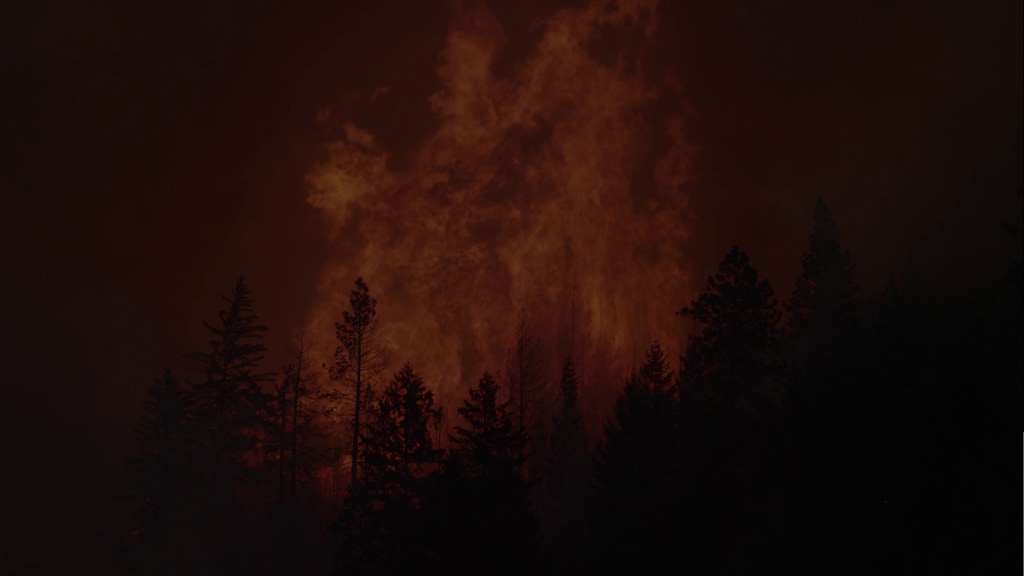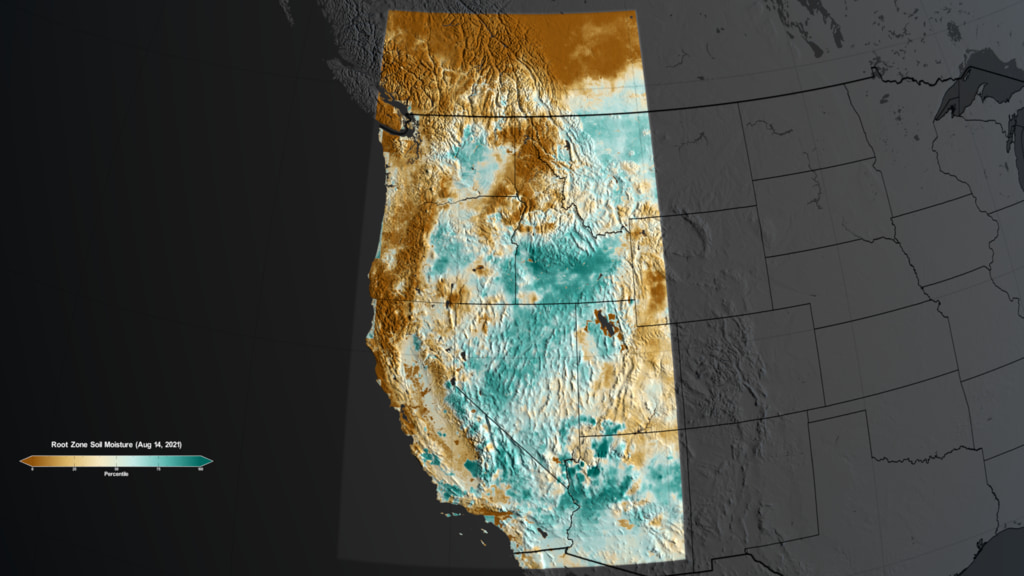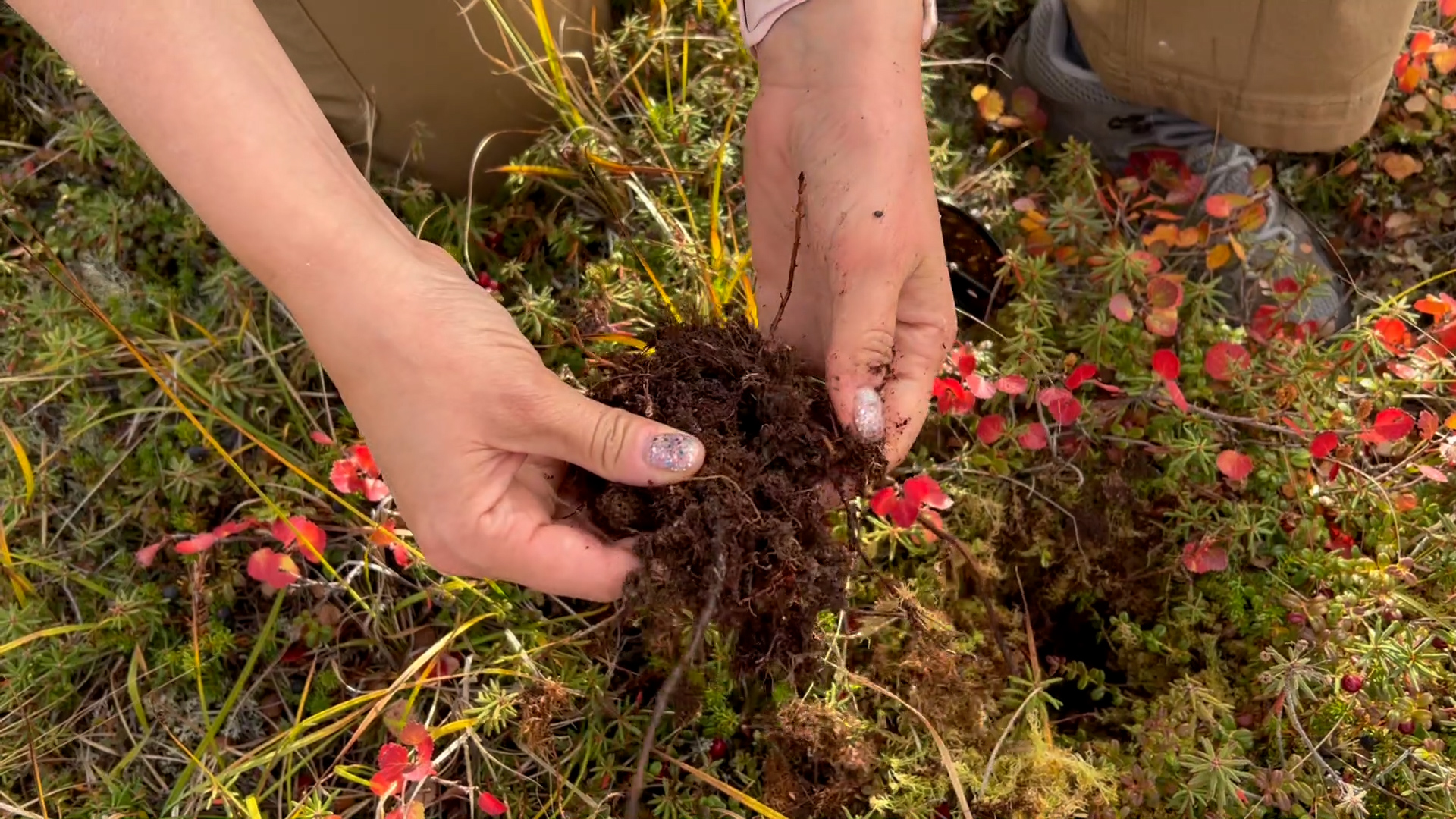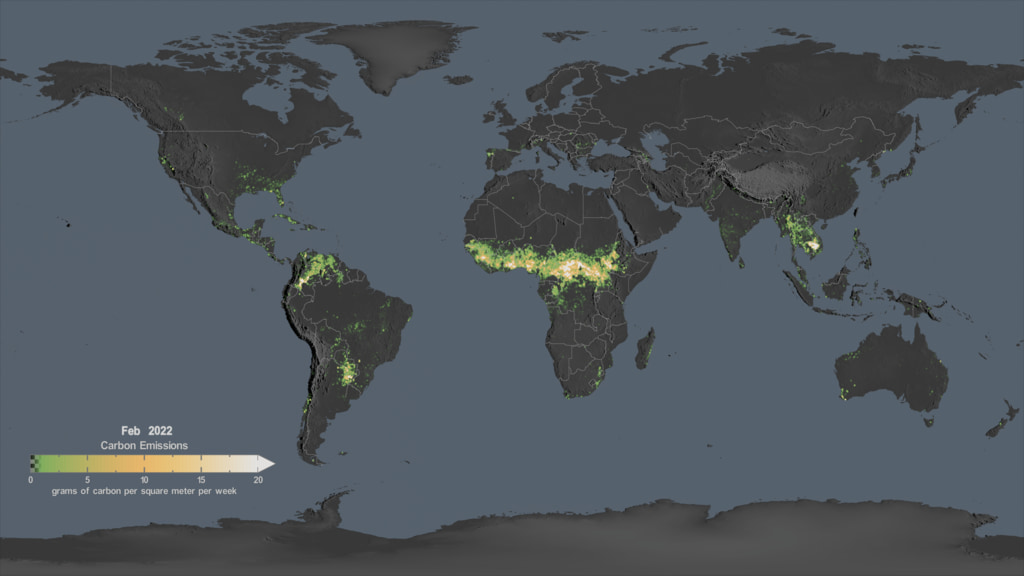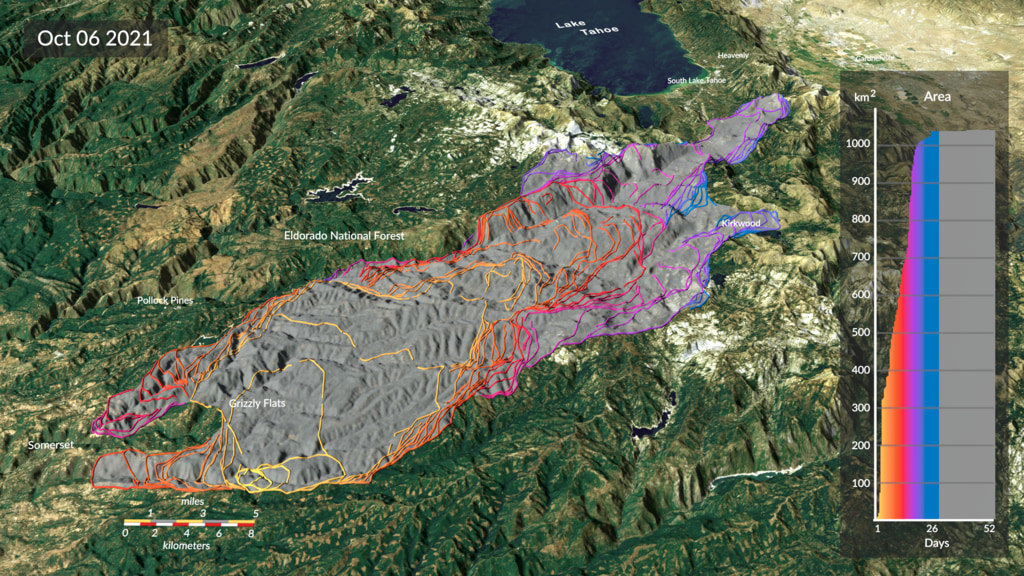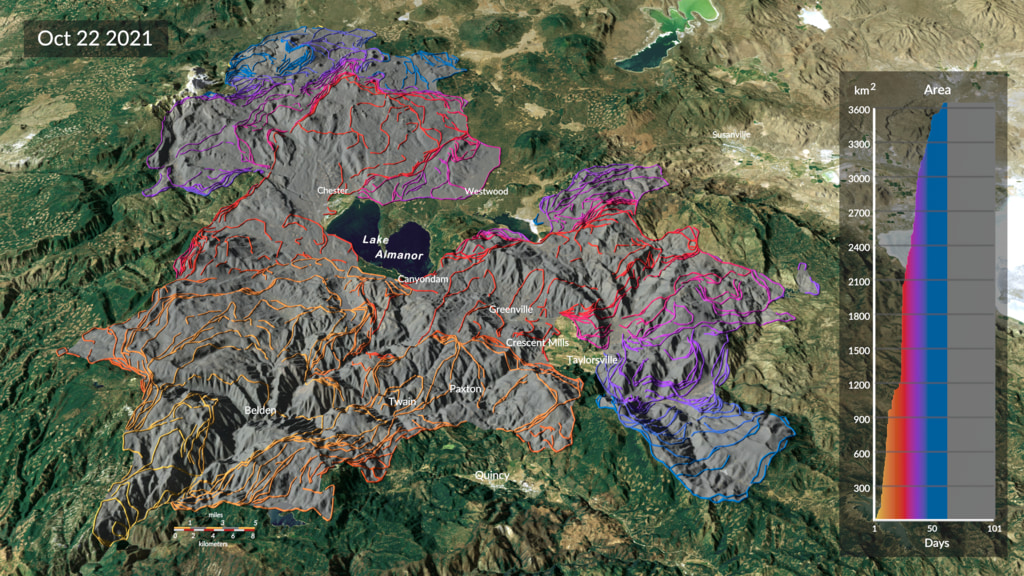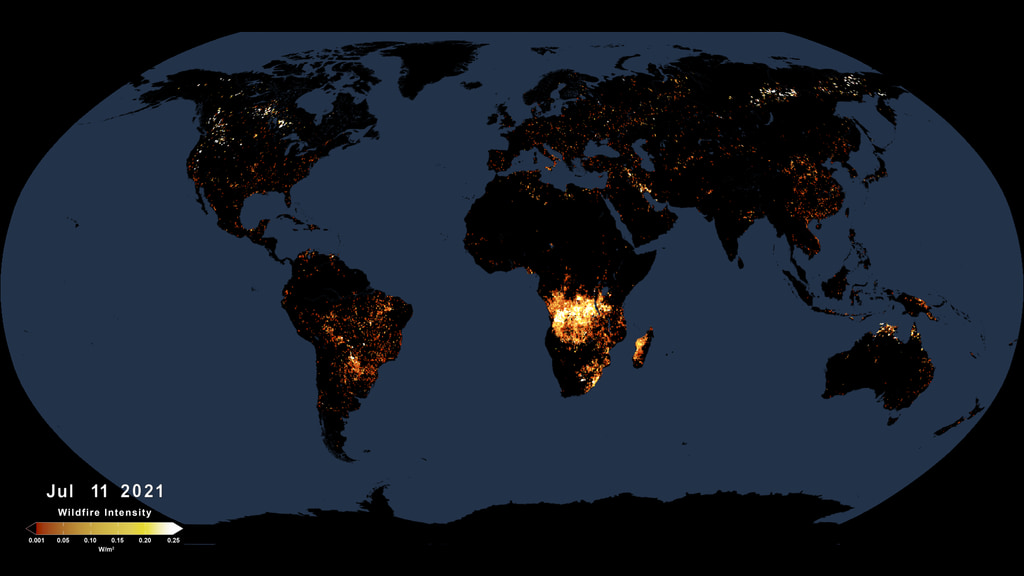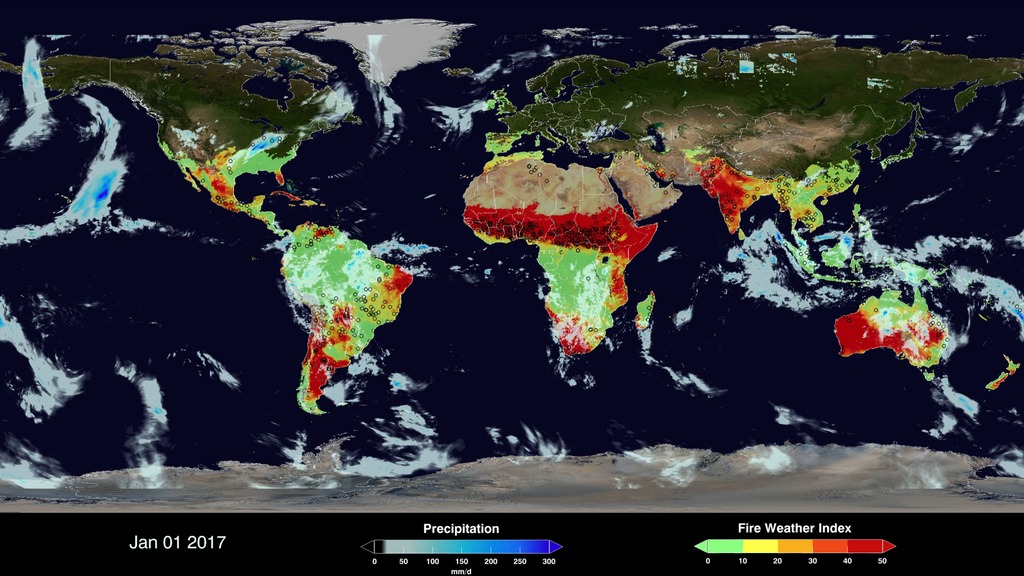Wildfires 101: How NASA Studies Fires in a Changing World
Complete transcript available.
Universal Production Music: Big Found by Ran Shir [BMI], Rotem Moav [BMI]; Swirling Blizzard by Laurent Dury [SACEM]; Dry Ice by Alessandro Rizzo [PRS], Elliot Greenway Ireland [PRS], Paper Boy [PRS]; Into Motion by Peter Larsen [PRS]
This video can be freely shared and downloaded. While the video in its entirety can be shared without permission, some individual imagery provided by Pond5.com is obtained through permission and may not be excised or remixed in other products. For more information on NASA’s media guidelines, visit https://www.nasa.gov/multimedia/guidelines/index.html
It doesn't take much.
A convergence of fuel and ignition – a lightning strike, a stray volt, human error – and their ferocious power sparks to life. These are wildfires. And they are an essential force that shapes and rejuvenates landscapes worldwide. But fueled by changes in the climate, each year they are burning longer and larger, devastating ecosystems and communities.
From forest floor to space, NASA scientists and collaborators are advancing tools and methods to predict, remotely detect, and ultimately mitigate wildfires. That process starts with understanding fire behavior, tracking them with satellites, and getting that data in the hands of land managers and communities facing record-breaking fire seasons.
Shortened version formatted for vertical Instagram Reels
Complete transcript available.
Universal Production Music: Color Chart by Thomas Gallicani [SACEM]
This video can be freely shared and downloaded. While the video in its entirety can be shared without permission, some individual imagery provided by Pond5.com is obtained through permission and may not be excised or remixed in other products. For more information on NASA’s media guidelines, visit https://www.nasa.gov/multimedia/guidelines/index.html
Credits
Please give credit for this item to:
NASA's Goddard Space Flight Center
-
Producer
- Katie Jepson (KBR Wyle Services, LLC)
-
Narrator
- Katie Jepson (KBR Wyle Services, LLC)
-
Editor
- Katie Jepson (KBR Wyle Services, LLC)
-
Scientists
- Doug C. Morton (NASA/GSFC)
- Elizabeth Hoy (Global Science and Technology, Inc.)
-
Animators
- Jonathan North (KBR Wyle Services, LLC)
- Alex Bodnar
- Adriana Manrique Gutierrez (KBR Wyle Services, LLC)
Release date
This page was originally published on Wednesday, August 2, 2023.
This page was last updated on Monday, July 3, 2023 at 2:20 PM EDT.

